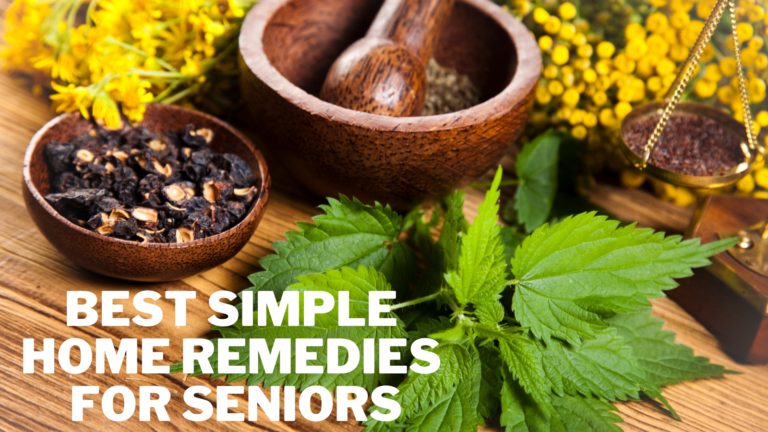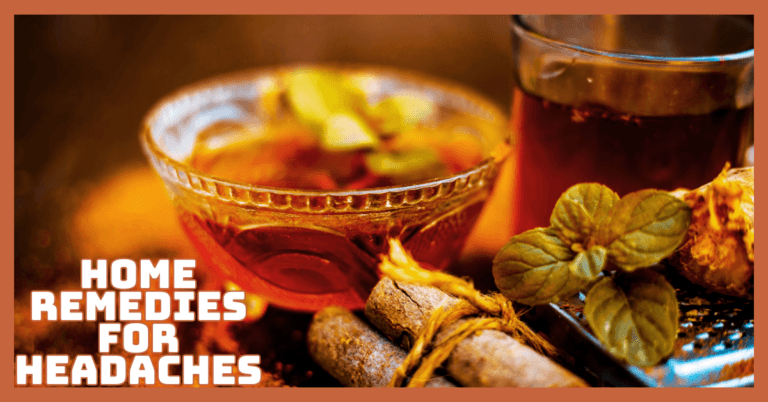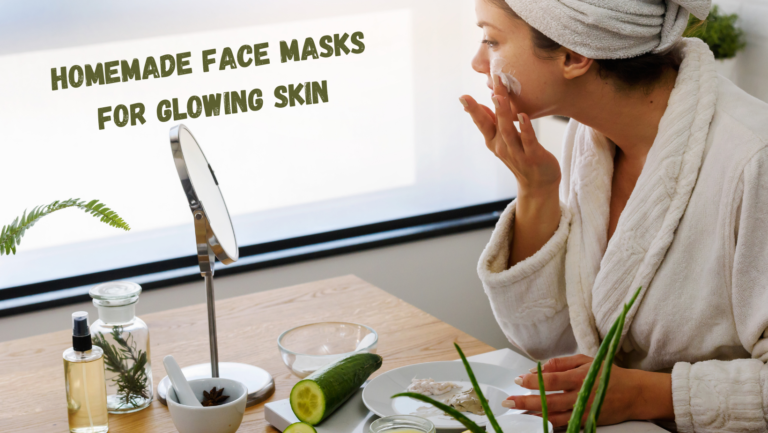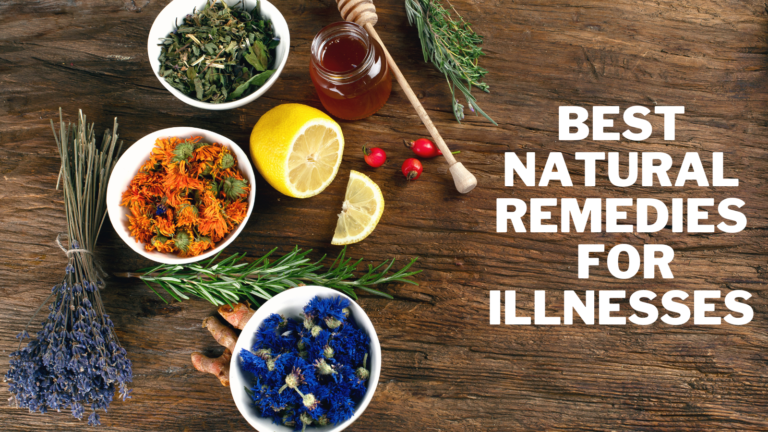Home-Made Remedies For Cracked Heels
Home-Made Remedies For Cracked Heels
Your skin acts as a human shield, keeping filth and viruses away from you. If it's hurt, it won't be able to protect you. When the skin around your heels splits, you have cracked heels. Cracked heels are caused by dryness and pressure since the skin cannot maintain moisture levels.
Cracked skin is the consequence of small splits in dry, damaged skin. These tears might develop into fissures and deeper cracks if left untreated.
Because your heels bear the weight of your body when you're standing, they might crack if they don't get enough moisture, and dry skin grows. If you are looking for a solution to your cracked heels, I hope this blog might be of assistance.
What Causes Cracked Heels?
Cracked heels can occur for various causes, ranging from wearing footwear that exposes your feet to a lack of moisture.
Knowing the reasons for symptoms like dry skin thickening around your heels, cracked skin, or heel pain will help you understand the issue and possibly prevent it in the future. One of the most common reasons for cracked skin is dehydration.
As a kind of protection, the heel generates large regions of tough skin when moisture is depleted. As a result, the skin's ability to recover is hampered. Cracked skin may appear a cosmetic concern, but it can cause pain when walking if left untreated.
Cracked heels can become uncomfortable, painful, and even bleed from pressure in later stages.
Rough skin is also caused by calluses, which are thick, yellowish patches of dry skin that form over wounded portions of the skin to protect it.
Calluses often split under strain if left untreated. Other factors include insufficient interior warmth, cold weather exposure, and foot pronation issues.
Most Common Causes Of Cracked Heels
1. Moisture Deficiency
The most prevalent cause of broken heels is this. Due to a lack of suppleness and a small number of sweat glands, the skin around your heels is prone to becoming dry, rough, and chapped.
2. Vitamin Deficiencies
A lack of vitamins and minerals such as iron and zinc in your diet might harm your heel health.
3. Pressure
Standing for lengthy periods at work or home can cause stress to the skin on your heels.
4. Skin That Is Aging
Skin thick, dry, and scaly loses its flexibility as it ages, making fissures more likely.
5. Eczema
Eczema is a skin condition that causes itchy, flaky skin. It can have an impact on people of all ages. When it forms on the soles of your feet, it frequently causes blisters and irritation. To treat eczema, your doctor may prescribe a cream or lotion.
6. Obesity
Being overweight can put more strain on the fat pad beneath the heel. This can lead it to extend sideways, putting pressure on the feet if the skin isn't flexible enough. Heels crack as a result of this.
7. Open-Toed Shoes
Fat under the heel might grow sideways in open-back sandals or shoes, increasing the risk of cracks on your heels.
When wearing footwear that exposes your heels, taking care of them regularly is essential, especially in the summer.
Open-back shoes are another common cause of calluses since they don't support the foot's pad. Walking barefoot is inconvenient.
8. Hygiene
Cracked heels can also be caused by not keeping your feet clean, though harsh soaps and intense cleaning can exacerbate the problem.
9. Water
Water on your feet can strip your skin of its natural oils, leaving it harsh, dry, or both. Standing in moist environments for lengthy periods, such as in a bathroom, can lead to dry, cracked heels.
10. Shoes That Don't Fit Properly
Cracked heels and heel pain can be caused by wearing shoes that don't fit properly.
Cracked heels can be caused by a hereditary predisposition to dry or thick skin and calluses around the heel.
11. Aging
The natural aging process could cause your cracked heels. Your skin loses moisture more quickly as you age, making it more prone to drying out.
12. Athlete’s Foot
An athlete's foot is an infectious fungal condition. It might form more efficiently if your feet are wet or moist for an extended period. You can also get it by walking barefoot where the fungus thrives, such as wet locker room floors or showers.
Athletes' feet can create dry, red, and itchy skin that can crack or blister if left untreated.
16 Home Remedies To Heal Your Cracked Heels
1. Apple Cider Vinegar And Lemon
If you use apple cider vinegar to clean your face, you'll be astonished to learn that it may also be used to treat cracked and dry heels. Combine it with lemon juice to exfoliate your skin because both ingredients have anti-inflammatory and acidic effects. It will aid in removing dead skin and, as a result, nourishing the skin.
How To Use
Using a grater, grate the outer skin of the fresh lemon. Bring three litres of water to a boil with the grated zest in a saucepan, then remove from the heat.
Before using, allow it to cool to a lukewarm temperature. Dissolve one tablespoon of apple cider vinegar in one gallon of water and soak your feet for at least 15-20 minutes.
2. Tea Tree And Olive Oil
Tea tree oil has antibacterial characteristics and can effectively cleanse the heels: a great remedy for cracked heels. It can help to reduce inflammation, swelling, and redness.
Tea tree oil and olive oil are among the best essential oils for cracked heels. Olive oil effectively functions as a natural humectant and moisturizes dry skin because it includes several nutrients such as vitamins E and K and antioxidants.
How To Use
Massage your feet with this combination. You'll see cracks are gradually dissolving.
3. Turmeric And Licorice Powder
I like this remedy for cracked heels. Glycyrrhizin, a chemical found in licorice powder, has anti-inflammatory and antibacterial characteristics that may aid in the battle against bacteria that infect the skin.
Turmeric's antioxidant effects brighten and soothe itchy and irritated skin, while its antibacterial characteristics aid in the natural healing of dry skin.
How To Use
In a mixing bowl, combine two teaspoons of turmeric and one tablespoon of licorice powder. To make a paste, thoroughly mix both components. This scrub should be massaged into your feet for a few minutes before being washed off.
4. Sea Salt And Oatmeal
Sea salt is the way to go if you want your heels to be smooth and healthy. It contains vitamins, minerals, and other nutrients that help to heal cracked and dry skin.
This mixture aids in the removal of contaminants, which encourages the growth of new skin. Oatmeal also has anti-inflammatory and antioxidant effects that soften the skin, improve skin barrier function, and speed wound and cut healing.
How To Use
In a mixing dish, combine 100 grams of sea salt, one cup of oats, and one tablespoon of honey. Massage your feet with the combination daily. It removes filth and grime, softening dead skin and making your skin smooth and free of cracks.
5. Aloe Vera And Glycerin
I’ve suggested to my friend to use the remedy for cracked heels and she got a good result. Aloe Vera is an excellent choice for dry skin because of its healing and moisturizing characteristics. When combined with glycerin, it makes an excellent moisturizer for dry, cracked skin on your feet.
How To Use
Take two teaspoons of Aloe Vera gel. Combine one tablespoon of glycerin with it. Massage your feet with warm water. It will keep your skin nourished and fresh.
6. Bananas
Bananas are high in vitamins A, B6, and C, which helps maintain skin suppleness and hydration. Banana is a natural moisturizer that maintains the skin on the foot hydrated and prevents it from drying out.
Make a smooth paste with 2 ripe bananas. Unripe bananas should be avoided since they contain acids harmful to the skin.
How To Use
Apply the paste to the entire foot, including the nails and toe sides. Allow 20 minutes to pass before rinsing your feet with water. To achieve the best benefits, do this for at least two weeks before bed.
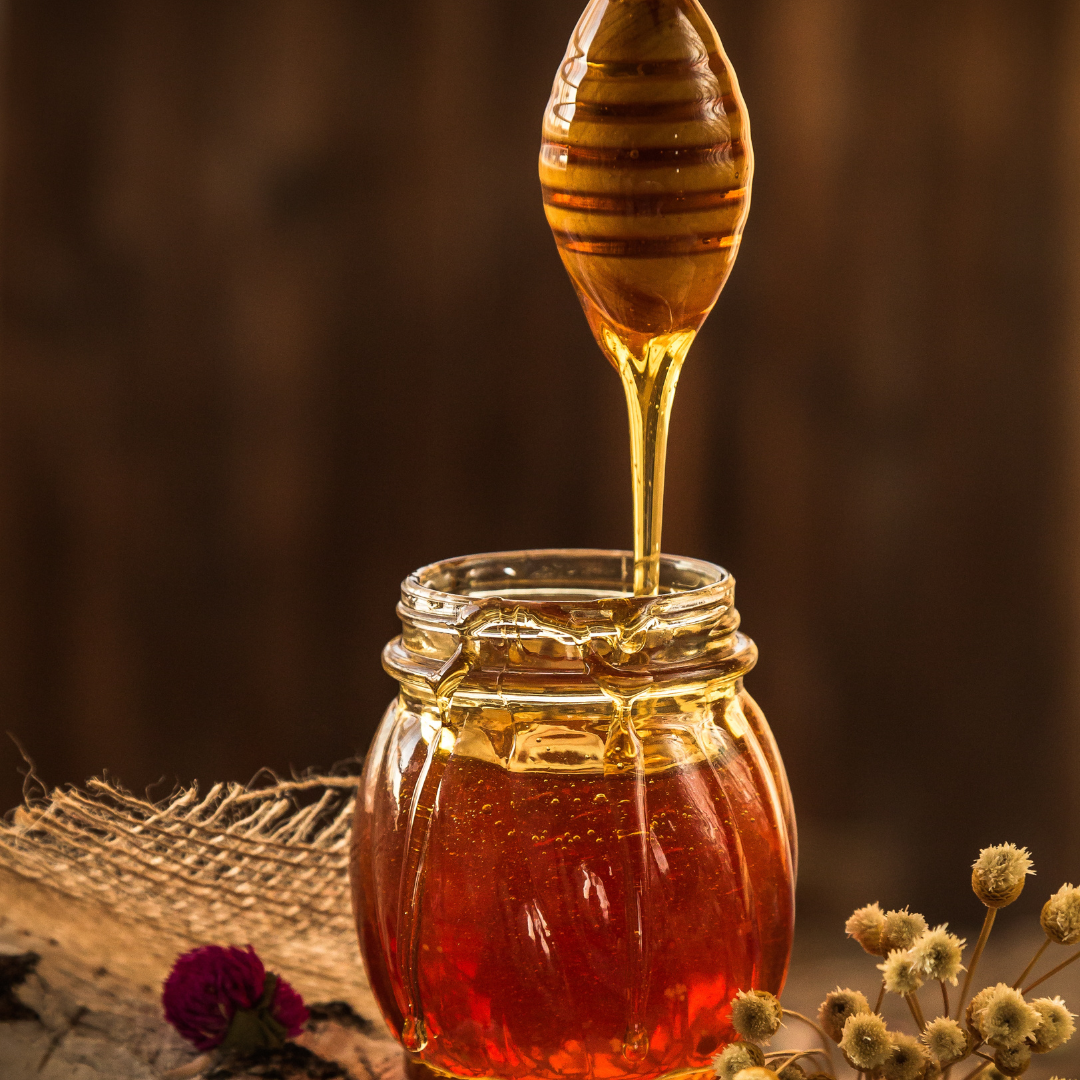
7. Honey
Honey is a natural antibacterial that assists in healing cracked feet. It's also a good humectant, which keeps the skin wet and prevents it from drying out. Honey also has calming effects that help to refresh the skin.
How To Use
To a tub of warm water, add 1 cup of honey.
Cleanse the feet and soak them in this mixture for 20 minutes, massaging them gently. Apply moisturizer to your feet after drying them. For a few weeks, do this every night before going to bed.
8. Vegetable Oils
Cooking oils absorb quickly into the skin. Vitamins A, D, and E are all found in vegetable oils, and they all help to rejuvenate the skin and cure cracked heels by forming new cells.
How To Use
To a tub of warm water, add 1 cup of honey. Your feet should be thoroughly cleaned and dried. Apply a generous layer of vegetable oil to your heels and toes, ensuring they are well covered.
Socks should be clean and comfy, and they should be left on overnight. To repair cracked heels, do this every day before going to bed.
9. Vaseline And Lemon Juice
When mixed with Vaseline's hydrating impact, Lemon's acidic capabilities make it easier to get rid of dry skin and cracked feet.
How To Use
Soak your feet for 15 minutes in lukewarm water. Rinse well and pat dry. One teaspoon of Vaseline, plus a few drops of lemon juice. This combination should be applied appropriately to your heels and other feet portions.
Overnight, wear a pair of woollen socks and wash them off in the morning.
Perform this simple process daily before going to bed.
10. Rice Flour, Honey And Vinegar
Rice flour is an excellent natural exfoliant that helps remove dead skin cells while nourishing the skin. Honey is a natural antibacterial that heals broken feet, while vinegar is a gentle acid that moistens dry, dead skin, making exfoliation a breeze.
How To Use
Mix 3 tsp rice flour, 1 tsp honey, and 2–3 drops of apple cider vinegar to make a scrub. To make a thick paste, stir everything together thoroughly.
Soak your feet in lukewarm water for 10 minutes, then gently scrape away dead skin with the paste.
Repeat this procedure at least twice a week. Start by hydrating your feet at least twice daily to give them more attention and care. In moisturizers, look for skin-softening ingredients like urea, salicylic acid, or alpha-hydroxy acid.
11. Limes And Sugar
My grandmother has been using remedies for cracked heels, and I got the recipe from her.
How To Use
Lemon halves and 3 tsp sugar are a 5-minute daily regimen that you can do. Scrub the heels with the lemon halves dipped in sugar until all the granules have melted into the skin. Allow drying before washing with water and patting dry.
12. Night Oils
2 tablespoons almond oil. These oils should be massaged into your feet (this should be done at night). Smear Vaseline into the fissures of your foot and make sure it is completely absorbed. In a saucepan, melt a candle over a low flame.
How To Use
Apply with a flat brush to the skin with care. Allow cooling and drying. Cover your feet with cotton socks.
Set aside for the night. Peel off the skin the following day and rub any residual residue into the skin.
13. Listerine And Vinegar
Listerine contains thymol and alcohol, which aid in treating toenail fungus, cracked feet, skin irritation, and plantar warts. The gentle acids in vinegar soften dry, dead skin, making exfoliation simple.
How To Use
Combine one cup of Listerine, one cup of white vinegar, and two cups of water in a mixing bowl. Soak your feet for 15 minutes in the mixture.
Remove your shoes and exfoliate your feet with a pumice stone to eliminate dead skin. Rinse well with fresh water. Moisturize after patting dry.
14. Vicks
VapoRub: Another effective remedy for cracked heels. Vicks VapoRub contains camphor, eucalyptus, and menthol in a turpentine oil base. This ointment is emollient, which means it traps moisture. The menthol and eucalyptus help to chill you down.
How To Use
Apply a thick amount of Vicks VapoRub on your feet before bed. After 5 minutes of massage, put on comfortable socks (preferably cotton). The following day, wash your feet with lukewarm water.
15. Baking Soda
Exfoliants, such as baking soda, remove dead skin cells. It has anti-inflammatory qualities as well as the ability to eliminate dead cells. Baking soda can also be used to remove odours.
How To Use
In a dish of lukewarm water, dissolve 3 tablespoons of baking soda. Mix thoroughly until the baking soda is completely dissolved. Soak your feet for 15 minutes in this.
Remove your shoes and gently scrub your feet with a pumice stone. Rinse your feet with clean water and dry them with a clean towel. Twice a week, repeat the treatment.
16. Epsom Salt
Epsom salt soothes and softens the skin by reducing irritation. Sulphates aid in removing toxins and heavy metals from cells, reduce pain and assist the body in eliminating hazardous substances. It is usually advisable to choose natural cures rather than popping drugs. In our kitchen, we have a plethora of such treatments.
How To Use
In a food bowl, dissolve half a cup of Epsom salt in warm water. Stir everything together thoroughly. Soak your feet for 15 minutes in it. Remove dead skin with a scrub.
How To Prevent Cracked Heels
It matters what you wear on your feet. If your heels are prone to cracking, look for shoes that fit well and support your heels. Wear shoes with a solid, wide heel that supports and cushions your heels whenever feasible.
- Avoid standing or sitting with your legs crossed for long periods.
- Use a thick foot lotion at night to lock in moisture and cover your feet with socks.
- Examine your feet daily, especially if you have diabetes or another skin issue.
- To cushion your heel and smooth your weight distribution, wear bespoke shoe inserts (orthotics).
- Wear cushioned socks that are of good quality or have been clinically evaluated.
- Use silicon heel cups to keep the heel moist and prevent the heel pad from growing.
- Drink a lot of water.
Can Vitamin Deficiency Cause Cracked Heels?
You could have dry, cracked heels for various causes that I've described before. It could be a symptom of a vitamin deficit in some circumstances.
Cracked heels are usually not a significant problem. Many people are not bothered by cracks because they affect the top layer of skin and do not cause pain.
However, if the fractures reach the deeper layers of your skin, they might cause pain. Your heels may even begin to bleed in some circumstances.
Now I'll look at vitamin deficiencies that might cause cracked heels.
Vitamin E
Vitamin E is an antioxidant, protecting your cells and allowing them to live longer. It also aids in the maintenance of healthy skin and a strong immune system.
Dietary vitamin E protects the collagen in your skin against biological processes associated with skin aging and the drying effect of aging on the skin. Dry skin may increase your chances of having cracked heels.
Vitamin B-3
Niacin is another name for vitamin B-3. This essential vitamin is necessary for energy metabolism. You wouldn't be able to turn the energy in your meal into energy for your body to use if you didn't have vitamin B-3.
Vitamin B-3 is an antioxidant as well. This means it protects your body from free radicals. These unstable chemicals can harm your health if present in high enough concentrations.
When you don't get enough vitamin B-3, you may be more likely to get pellagra. Dry and scaly skin, which can develop on several regions of your body, including your heels, is one of the signs of pellagra.
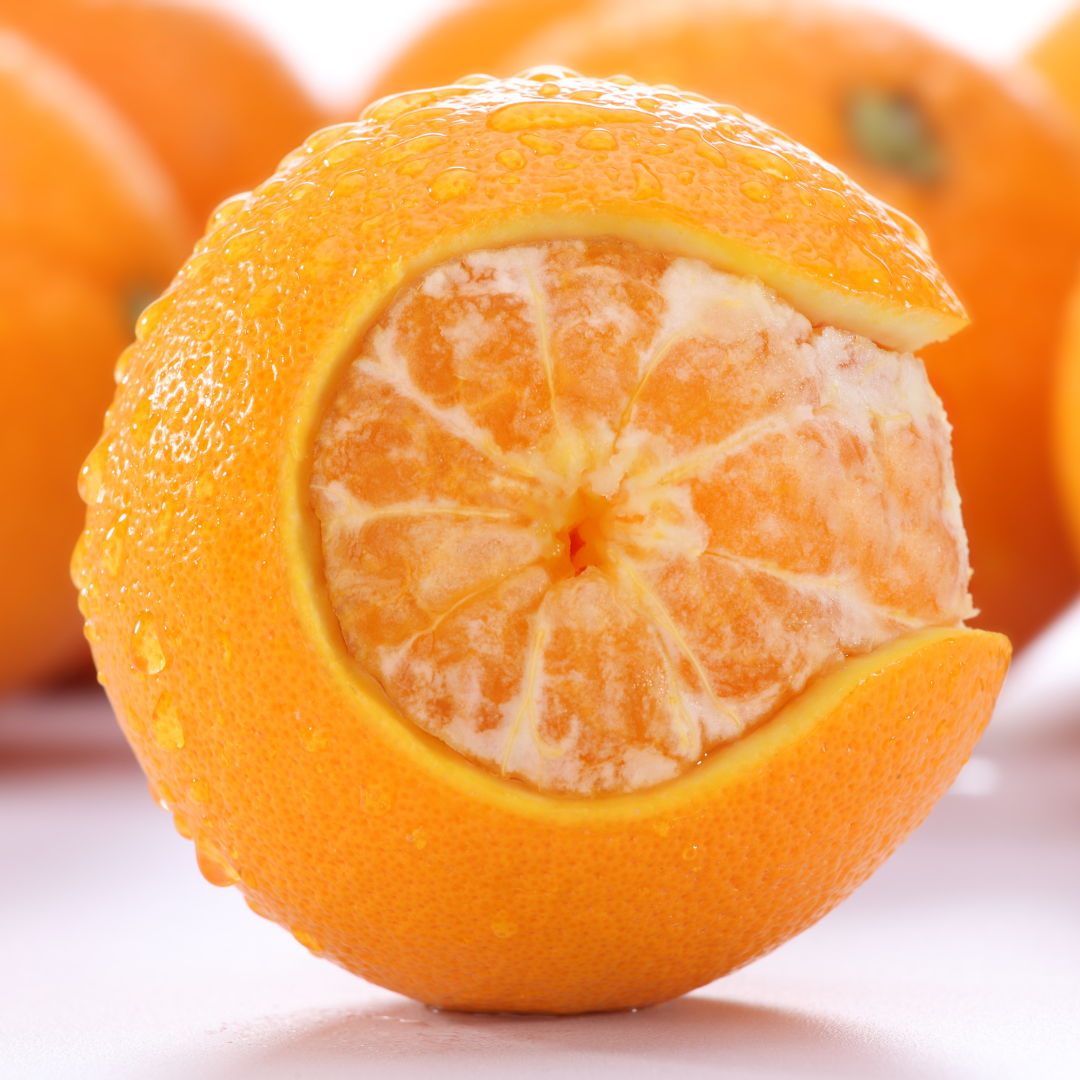
Vitamin C
L-ascorbic acid is another name for vitamin C. It is another vitamin that functions as an antioxidant, preventing cellular damage.
Vitamin C aids in producing collagen, a protein that accounts for 75% of the dry weight of your skin's dermis. To protect your skin cells from environmental damage, your body stores a substantial amount of vitamin C.
According to research, vitamin C levels are lower in older skin or skin that has been sun-damaged because vitamin C aids in retaining moisture in your skin. A lack of it may result in dehydration and dryness in your skin cells, especially your heels.
Conclusion
Cracked heels are a common occurrence that typically not causing alarm. Vitamin C, B-3, and E deficiency can lead to dry, cracked heels. These vitamin deficits, however, are uncommon in wealthy countries.
Cracked heels can also be caused by other illnesses, such as athlete's foot or eczema, as I've already told you. Walking barefoot and the natural aging process can also be issued.
If your cracked heels do not improve with self-care, make an appointment with your doctor to obtain a correct diagnosis and treatment.
I trust you enjoyed this article on Home-Made Remedies For Cracked Heels. Please stay tuned for more blog posts to come shortly. Take care!
JeannetteZ
>>>Please click here to read my all-inclusive article about A Comprehensive Guide To Healing Naturally<<<
Are you interested in Natural Healing Through Herbs? Please click here for my #1 Recommendation
Your Opinion Is Important To Me
Thoughts? Ideas? Questions? I would love to hear from you. Please leave me your questions, experience, and remarks about this article on Home-Made Remedies For Cracked Heels in the comments section below. You can also reach me by email at Jeannette@Close-To-Nature.org.
Disclosure
This post may contain affiliate links. I earn from qualifying purchases as an Amazon Associate and other affiliate programs. Read my full affiliate disclosure.
You might also enjoy these blog posts:
How To Design Your Own Home Garden
How To Train Your Puppy To Sit























